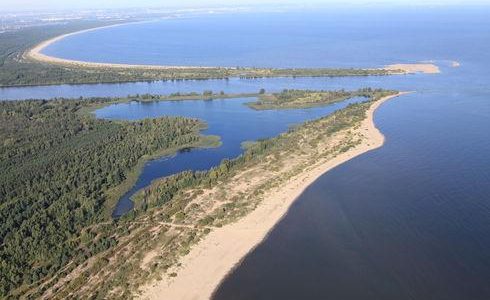The most important buildings in the city were created around the main streets of old Gdynia, i.e. 10 Lutego, Świętojańska and the current Wójta Radtkego Streets. Their architecture reflects various aspects of Modernism: the expressive functionalism of constructionism. The last had the greatest effect on the construction of the City Centre Ostatni, where the ship-houses were built. The majority of these had white facades, creating the so-called “White Gdynia”. This style includes the old PLO building, the residential building of the Banku Gospodarstwa Krajowego, the City Hall, the Orłowski’s House, and the Preczkowski’s House. Thanks to this type of development Gdynia in 1939 was one of the biggest towns in the Second Republic of Poland.
Warning: Trying to access array offset on value of type bool in /home/klient.dhosting.pl/intui/pomorskie-travel.intui.eu/public_html/wp-content/themes/pomorskie-travel/single.php on line 26
>
Warning: Trying to access array offset on value of type bool in /home/klient.dhosting.pl/intui/pomorskie-travel.intui.eu/public_html/wp-content/themes/pomorskie-travel/single.php on line 40


















